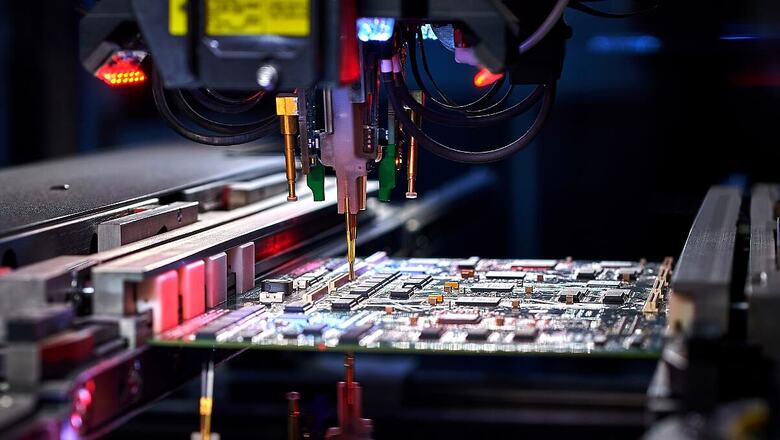
views
Gujarat-based semiconductor company Suchi Semicon is set to inaugurate the state’s first Outsourced Semiconductor Assembly and Test (OSAT) facility in Surat this November, marking a critical advancement for India’s semiconductor ecosystem. The plant is expected to create about 1,200 jobs, focusing on advanced semiconductor assembly and testing.
The Surat facility, spanning an initial 30,000 square feet, will feature Class 10k and 100k cleanroom facilities. As part of its broader strategy, Suchi Semicon has signed a Memorandum of Understanding (MoU) with the government of Gujarat to promote job creation and economic development in the region.
Established in 2023, Suchi Semicon aims to bridge the critical gap in India’s semiconductor supply chain. In an exclusive conversation with News18, company executives revealed that government support has been pivotal. “The state of Gujarat is contributing incentives equivalent to 20 per cent of the project cost. The state government has already sanctioned our project,” said a representative from Suchi Semicon.
The company has also applied for approval under the India Semiconductor Mission (ISM), which could provide a 50 per cent subsidy for capital expenditure. “If our project gets approval from the central government under the ISM scheme, we will receive a 50 per cent subsidy. We have already applied for the same,” added the executive.
Suchi Semicon has formed strategic collaborations with Gujarat Technological University and SVNIT to cultivate a skilled workforce for their Surat plant. The company’s core technical team is currently based in Malaysia, but the focus will now shift to recruiting and training Indian talent.
“For the first phase, we are looking to employ around 100 people. However, for the entire project, we aim to create jobs for between 700 and 1,200 people,” the executive mentioned. The plant will be developed over five phases, spanning more than three years, with hiring to follow the same phased approach.
Discussing the broader semiconductor landscape in India, Suchi Semicon executives pointed out the existing gap. “In India, designing plays a major role; India is the design hub. But after that, the supply chain stops,” the executive noted.
They added that while companies like Tata are working on fabrication, the next step in completing the supply chain is OSAT services, which handle further processes in the semiconductor sector. “Fab is a high-capex and complex project, and one fab can cater to 20 OSATs. OSAT, in comparison, is a simpler project, though still complex by general industry standards. This is where we want to fill the gap and help make the whole ecosystem self-reliant,” they explained.
Technological advancements are at the core of Suchi Semicon’s strategy. The company is adopting a customer-centric approach by focusing on two types of products: legacy discrete products and advanced power devices. “Our first product is discrete, which is a very simple, legacy product used in everything from laptops to LED bulbs. But in phase two, we will diversify into power devices, which have significant potential in automotive applications,” the executive shared.
Suchi Semicon’s journey into the semiconductor space began in 2021 with extensive research and travel to understand the complexities of the OSAT process. While the learning curve was steep, funding was never an obstacle. The executives are now eagerly looking forward to the factory’s grand opening in November, for which they plan to invite notable personalities, including Gujarat Chief Minister Bhupendrabhai Patel and Union IT minister Ashwini Vaishnaw.
The launch of Suchi Semicon’s Surat OSAT plant will be a major step toward strengthening India’s semiconductor supply chain, fostering economic growth, and positioning the country as a self-reliant player in the global semiconductor industry.

















Comments
0 comment